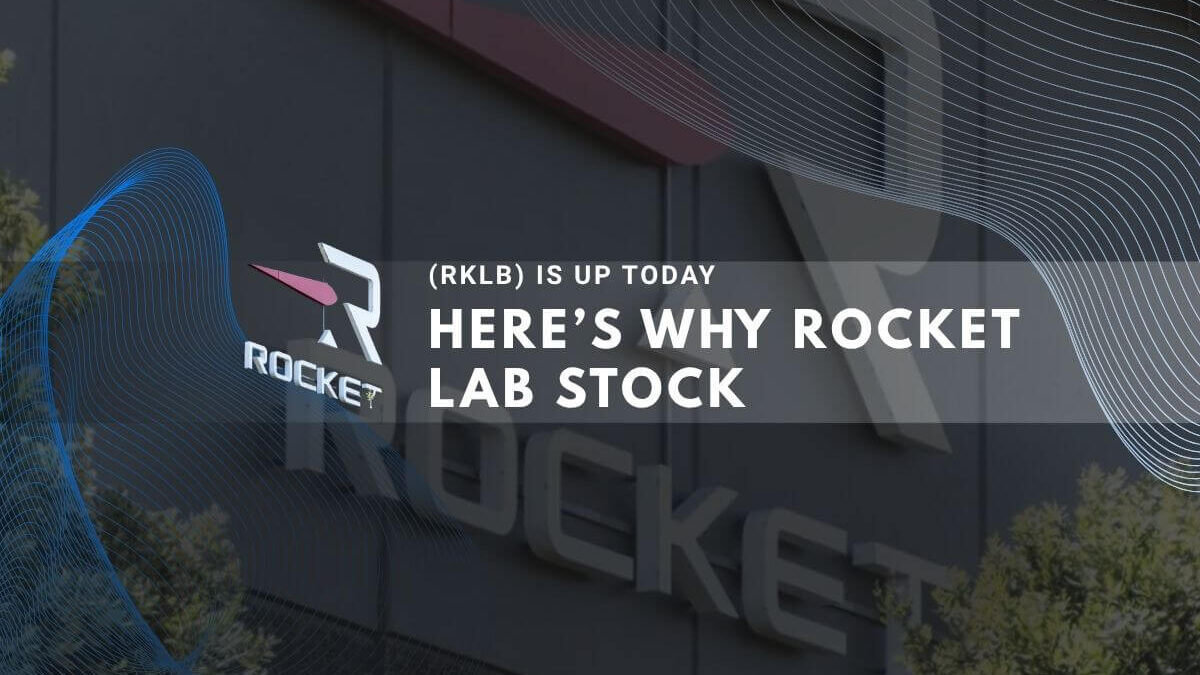Rocket Lab stock fell 3.25 percent on Thursday to its lowest level since October 2025, erasing gains from a contract announcement earlier in the week with the Japan Aerospace Exploration Agency. The decline reflects renewed investor concern over SpaceX competition and Neutron rocket delays despite strong mission performance and expanding partnerships in Japan.[1][2]
Stock Performance and Market Reaction
Rocket Lab shares closed down 3.25 percent on October 11, marking an intraday decline of 3.43 percent.[1] The stock had surged more than 25 percent earlier in the week after the company announced two new dedicated Electron rocket launches for JAXA on October 10.[2][3] Analysts noted that the Thursday selloff stemmed from mixed signals about the company’s competitive position and production timeline for its medium-lift Neutron rocket.[1]
The company has delivered a 780 percent return over the past 14 months, but current technical indicators show the stock trading with a relative strength index above 70, signaling overbought conditions.[4] Wall Street maintains a moderate buy consensus with an average price target of $42.27, representing a potential 28 percent downside from current levels.[4]
JAXA Contract Details and Japan Expansion
Rocket Lab secured two dedicated Electron launches with JAXA under a direct contract announced October 10.[3][5] The first mission is scheduled for December 2025 and will deploy the RAISE-4 satellite, which will test eight technologies developed by Japanese companies, universities, and research institutions.[3][5] The second launch in 2026 will carry eight separate spacecraft including educational satellites, an ocean monitoring satellite, a demonstration satellite for ultra-small multispectral cameras, and a deployable antenna using origami folding techniques.[3][5]
The company now has more than two dozen dedicated missions booked for Japanese satellite operators.[5] In early October, Rocket Lab announced a 10-launch contract with Synspective, bringing total planned missions for that client to 21.[6] The company also secured a three-launch contract with iQPS starting in 2026, with total planned launches reaching seven.[6]
Competitive Pressures and Neutron Development
SpaceX Competition
Analysts highlighted concerns that SpaceX’s cost advantages and reusable rocket technology could erode Rocket Lab’s pricing power and market share in the small-satellite launch segment.[1] This competitive dynamic weighed on investor sentiment even as Rocket Lab celebrated achieving 100 percent mission success across all 2025 launches.[5]
Neutron Rocket Progress
The Neutron medium-lift rocket remains on track for a maiden launch in late 2025, with Launch Complex 3 at Wallops Island, Virginia, now fully operational.[4][7] The rocket’s second stage has passed key qualification milestones, and the design focuses on reusability, cost efficiency, and rapid turnaround.[4] Neutron represents Rocket Lab’s entry into direct competition with SpaceX’s Falcon 9 in the medium-lift category.[4]
Financial Performance and Outlook
Rocket Lab reported second-quarter 2025 revenue of $144.5 million, up 36 percent year over year.[8] The company improved its non-GAAP gross margin from 33 percent in the second quarter of 2024 to 36 percent in the second quarter of 2025.[8] Net losses per share increased from $0.08 to $0.13 in the same period.[8]
For the third quarter of 2025, Rocket Lab forecast revenue between $145 million and $155 million with a projected non-GAAP gross margin ranging from 39 percent to 41 percent.[8] The company announced a $750 million equity program in September, raising dilution concerns among investors.[1] Rocket Lab maintains a current ratio of 2.67 and holds a market capitalization of $32.14 billion as of October 10.[9]
Strategic Initiatives
Rocket Lab executed five Electron missions in the second quarter, including a record-setting two launches just two days apart from the same site at Launch Complex 1.[8] The company introduced a new Payloads business unit aimed at securing defense satellite contracts, linked to its acquisition of Geostar, a company specializing in electro-optical and infrared sensor systems.[8]
The company is expanding its semiconductor production capacity from 20,000 wafers to 35,000 wafers monthly to meet demand for space chip technologies.[8] This expansion aims to supply U.S. spacecraft manufacturers with domestically sourced semiconductors.[8]
